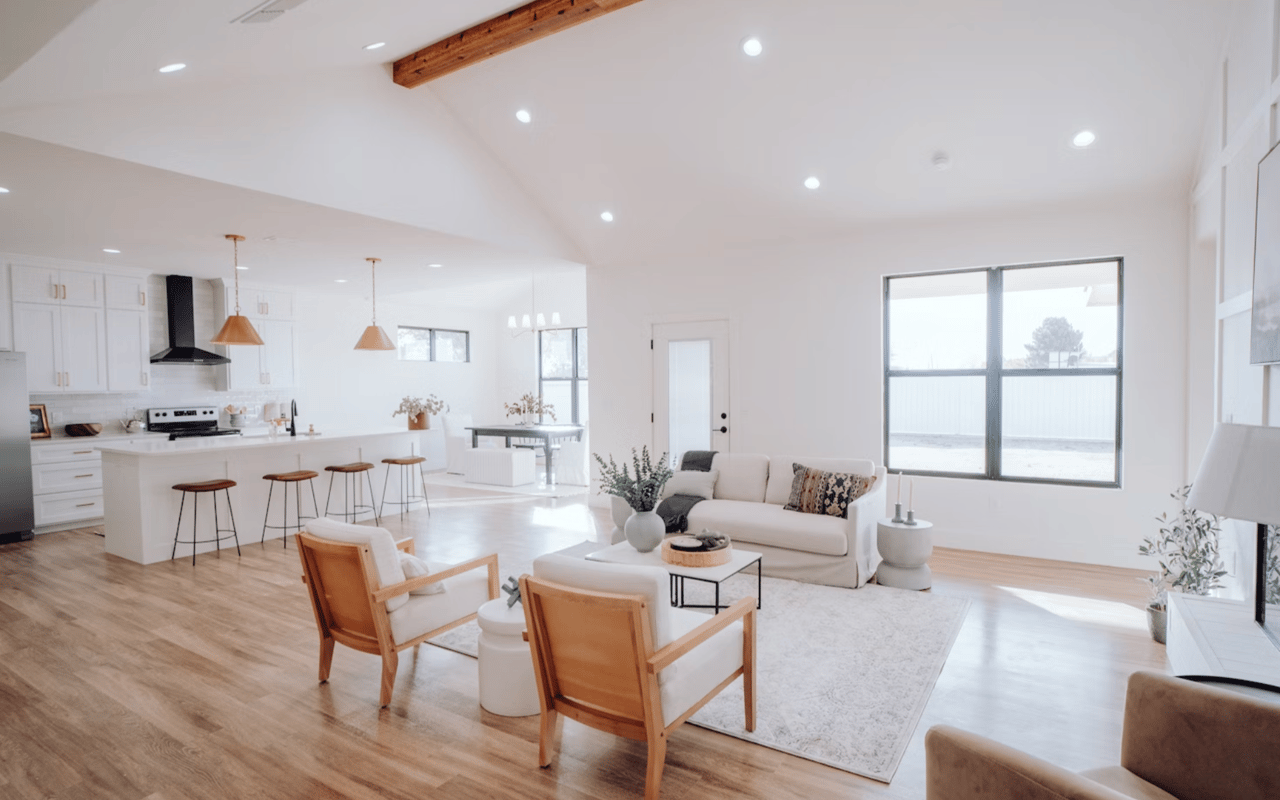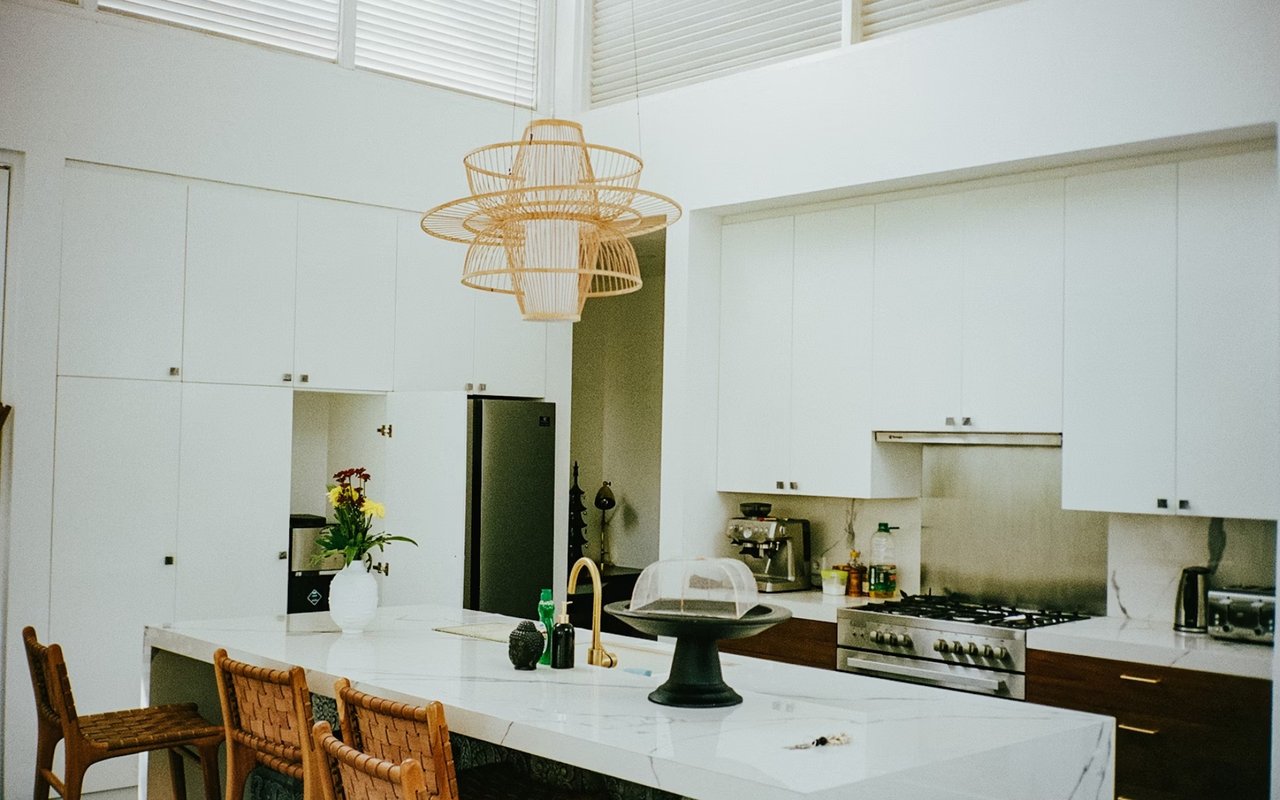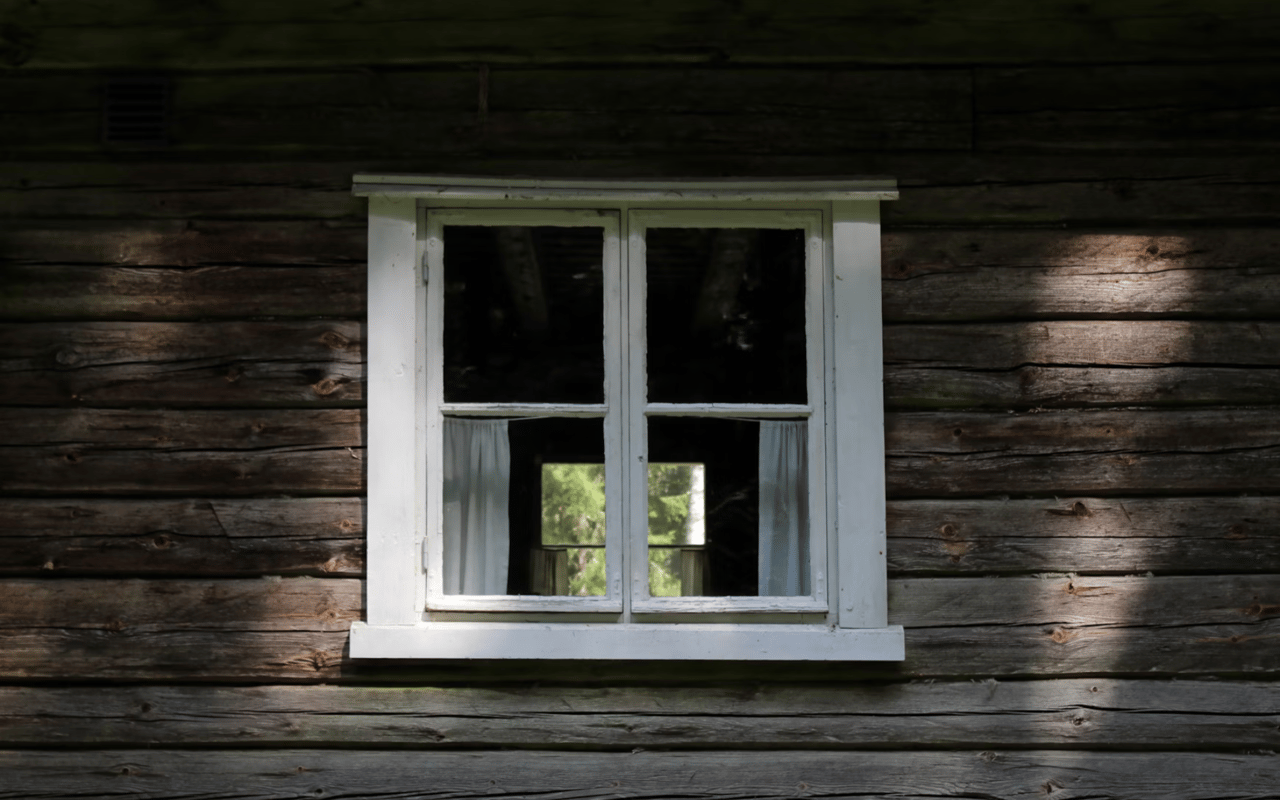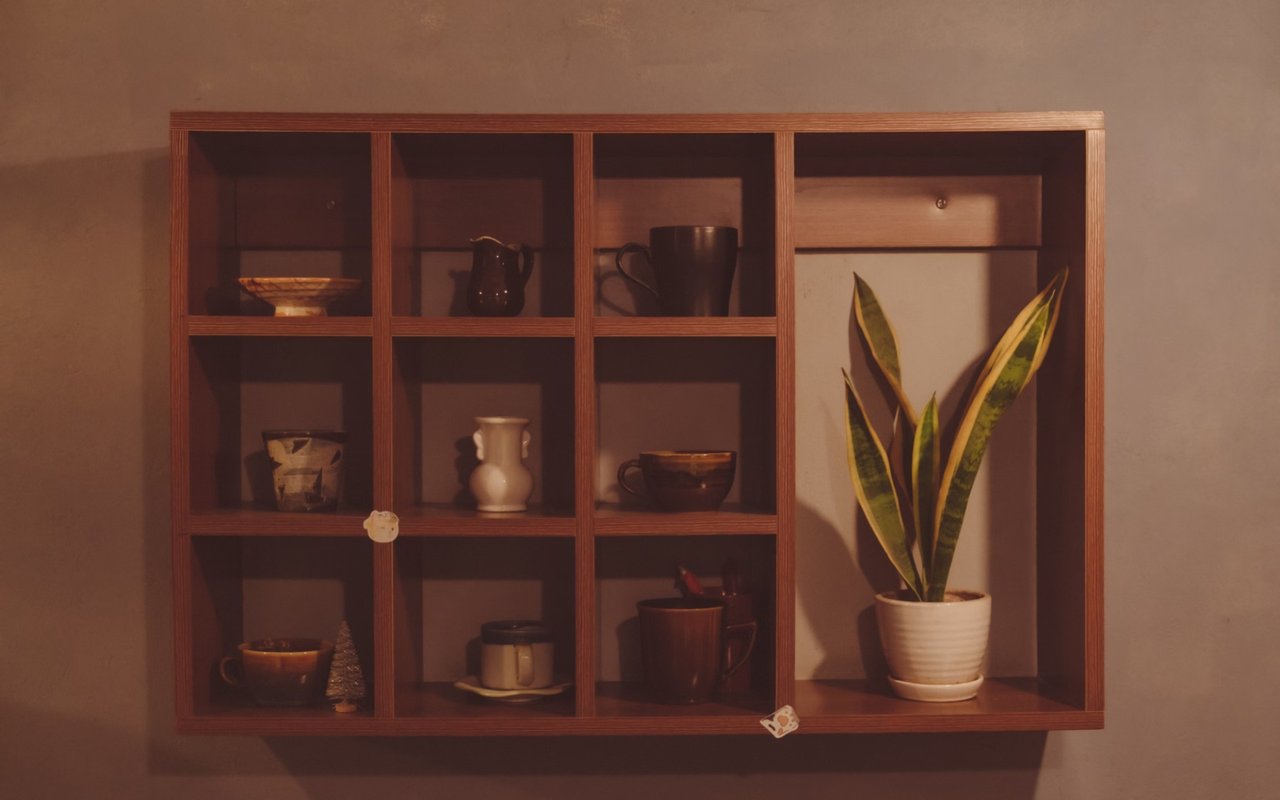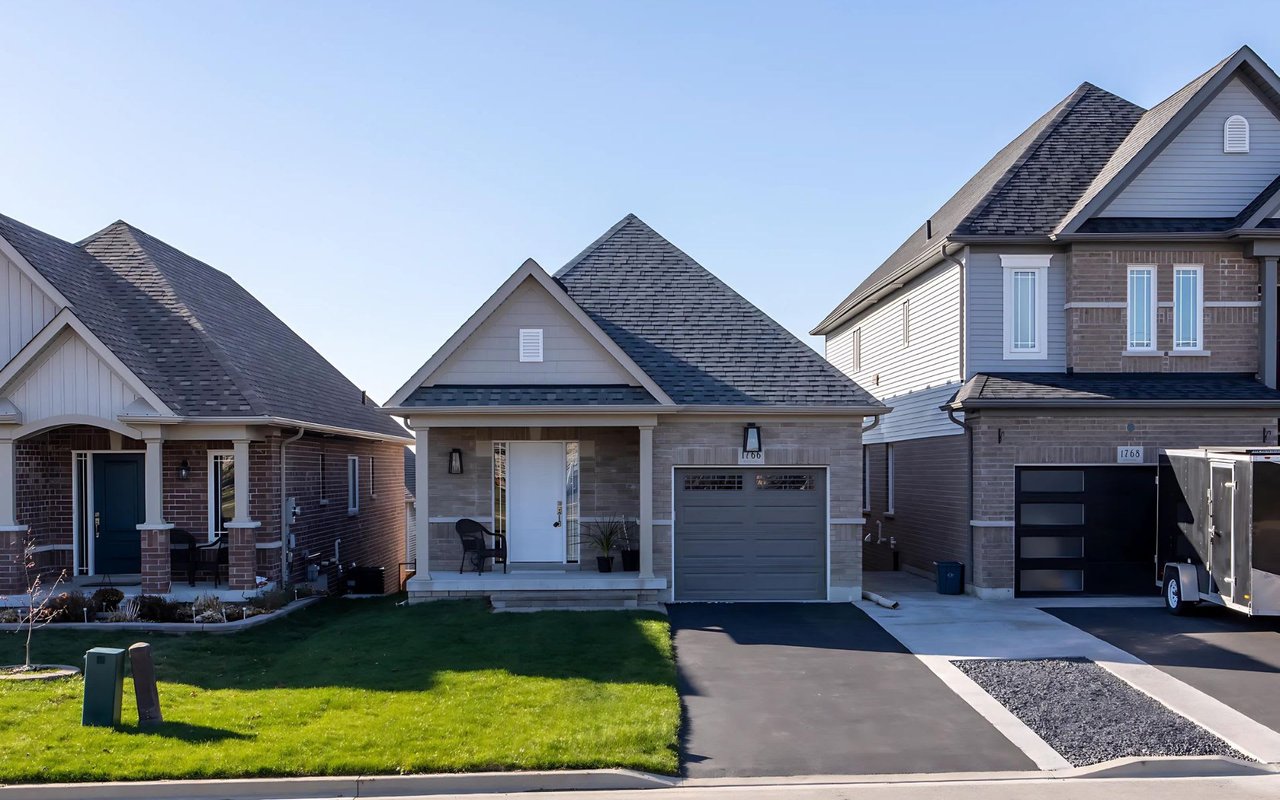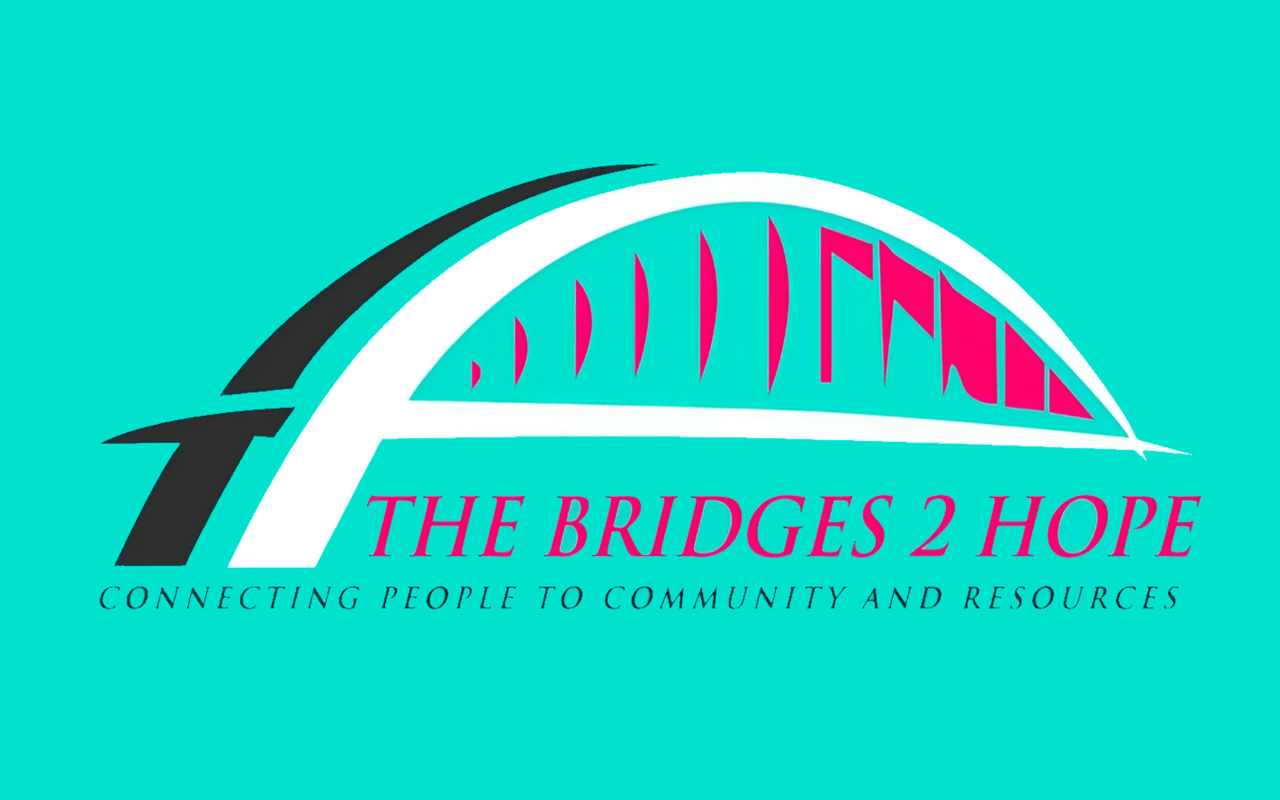A home inspection is a critical step in the home-buying process, offering buyers valuable insights into the condition of the property they are about to purchase. It helps identify potential issues, from structural defects to safety concerns, and ensures that buyers are fully informed about the state of the home before committing to the investment. While home inspections can be a bit nerve-wracking, especially for first-time buyers, understanding what to expect and what to look for can help you navigate the process with confidence. This guide will walk you through the essential aspects of a home inspection and highlight the key areas you should focus on.
The Purpose of a Home Inspection
It’s important to note that a home inspection is not the same as an appraisal. While an appraisal determines the market value of the home, the inspection focuses on the condition of the property. An inspection can help you avoid unexpected repair costs down the line by giving you a clearer picture of what you’re buying.
Scheduling the Inspection
You should attend the inspection, if possible, as this gives you the opportunity to ask questions and get a better understanding of the inspector’s findings in real time. While the inspector will provide a detailed report after the inspection, being present allows you to see the issues firsthand and gain insights into the home’s condition that may not be fully captured in the report.
What Does a Home Inspector Check?
-
Structure: The inspector will check the foundation, walls, ceilings, floors, and roof for any signs of damage or structural integrity issues. They’ll look for cracks, sagging, and signs of water damage, which could indicate serious underlying problems.
-
Exterior: This includes the siding, doors, windows, and any attached structures like decks or balconies. The inspector will look for signs of deterioration, damage, or poor installation, which could lead to leaks or pest infestations.
-
Roofing: The roof is one of the most critical areas of the home. The inspector will evaluate the condition of the shingles, flashing, gutters, and any skylights. They’ll look for signs of damage, leaks, or wear that could require repairs or replacement.
-
Plumbing: The home’s plumbing system will be thoroughly checked, including faucets, showers, toilets, and the water heater. The inspector will also assess the condition of pipes and drains for leaks, blockages, or outdated materials like lead or galvanized steel.
-
Electrical Systems: A safe and functional electrical system is essential for any home. The inspector will examine the electrical panel, outlets, switches, and wiring to ensure they meet current safety standards. They’ll also look for signs of outdated or improperly installed electrical components.
-
HVAC Systems: Heating, ventilation, and air conditioning (HVAC) systems will be inspected for functionality and efficiency. The inspector will check the furnace, air conditioner, ductwork, and thermostat to make sure they’re working properly and aren’t in need of repair or replacement.
Common Issues Found During a Home Inspection
-
Roofing Problems: Missing or damaged shingles, leaks, and poor drainage are frequent roofing issues. While these problems are often fixable, they can be costly depending on the extent of the damage.
-
Electrical Issues: Older homes may have outdated wiring, such as knob-and-tube or aluminum wiring, which can pose safety hazards. Overloaded circuits, missing ground fault circuit interrupters (GFCIs), and improper wiring are also common findings.
-
Plumbing Leaks: Leaking faucets, toilets, and water heaters are common plumbing issues, but more serious concerns include corroded pipes, poor water pressure, and water damage in walls or floors.
-
Foundation Cracks: Small cracks in the foundation are often normal, but larger cracks or those that cause sloping or uneven floors can indicate structural issues that require further evaluation.
-
Mold or Water Damage: Moisture intrusion can lead to mold growth, which poses health risks and can cause damage to the home. Mold is often found in basements, crawl spaces, and bathrooms where ventilation is inadequate.
Reviewing the Inspection Report
As you review the report, keep in mind that it’s rare for a home to be completely free of issues. The key is to focus on significant problems that could affect the home’s safety, livability, or long-term value. Cosmetic issues, such as chipped paint or worn carpeting, are usually not cause for concern, but structural defects, roofing issues, or plumbing leaks may require more serious consideration.
Deciding What to Address
It’s important to approach these negotiations with flexibility. In some cases, the seller may agree to all of your requests, while in other situations, they may offer a compromise. Working with your real estate agent can help you navigate these discussions and ensure that your interests are protected.
A home inspection is a vital step in the home-buying process, providing you with the information you need to make an informed decision. By understanding the inspection process, knowing what to look for, and being prepared to address any issues that arise, you can ensure that your investment is sound. Whether you’re buying a new home or an older one, working with a qualified home inspector and carefully reviewing their findings will give you the peace of mind that your new home is safe, functional, and ready for you to move in.
For those interested in Palm Desert, CA homes for sale, DW & Associates provides the expertise and support to make informed decisions. Contact DW & Associates for professional assistance in finding your ideal property in this vibrant market.
View real estate listings:
